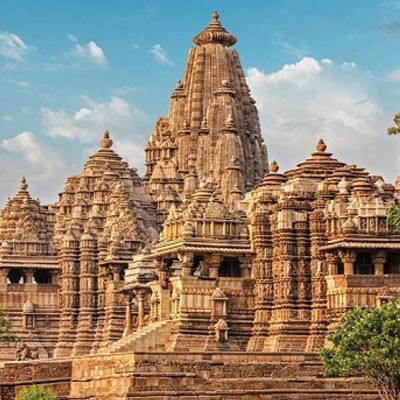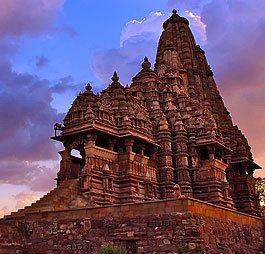What these ideas and advice have to do with – not simplistically ‘sex’ – is better described as how a civilized man of the world should conduct himself and lead a healthy, prosperous and loving life. It is a guide to love, but love as an inextricable part of the larger schema of life.
The Kamsutra states that a life of dharma is the highest goal but that different goals are relevant to different stages of a man`s life, and its own advice is aimed at householders.
As we know it, the book has seven sections. The first section talks of the aims of life and the proper conduct for a man. The second discusses details of lovemaking, detailing 64 types of sexual acts. The third discusses marriage and acquiring a wife. The fourth, the proper behaviour of a wife (“Trusting teacher, living mother, erotic companion. Oh, the many roles of a wife.”). The fifth is on the conduct of men and women. The sixth deals with choosing a lover, looking for a relationship, on courtesans, on making money and renewing friendship with a former lover! The seventh is on making oneself attractive. What underpins these ideas is that goal of a happy and fulfilled life.
Even with regard to lovemaking, the advice in the Kamasutra is to do with much more than just positions. Eat paan for it refreshes the mouth, recognize the mood of your partner before you initiate lovemaking (including fondness, amusement, flirtation, charm, boredom or unwillingness), and if wooing a married woman, be good to her children!
What the Kamasutra says of love is just as relevant for living itself: “The advent of intimacy is akin to a blank canvas, the lovers the artists. Faced with limitless possibilities, to rush the creation of a masterpiece is to compromise the integrity of the artwork”.



